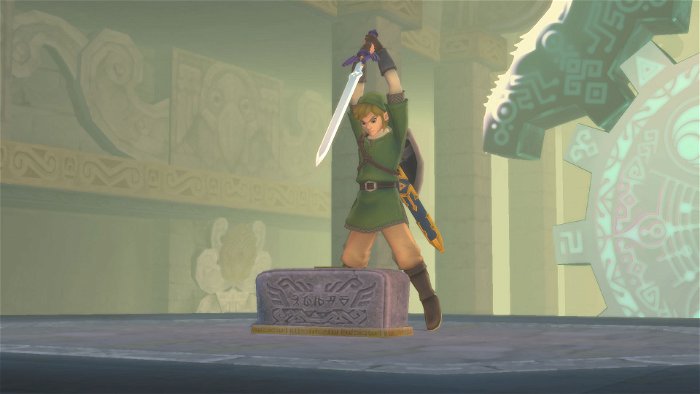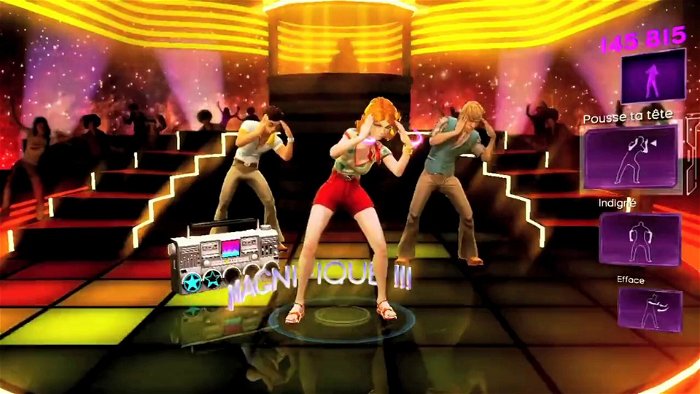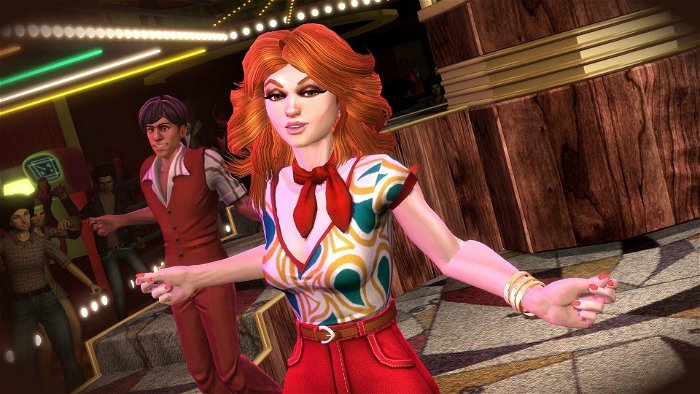Motion-based gaming burst onto the scene with the launch of the Wii console in 2006. The technology allowed players to use intuitive gestures and movements to control their games, resulting in a gaming experience like no other. However, in the years since then, the technology seems to have lost its lustre.
The popularity of motion-based gaming seems to have dwindled away since the Wii’s height of popularity. The console is no longer a fixture of the living room and is not constantly being used as the primary form of entertainment. Most of the people that bought a Wii during the height of Wii-mania now let it either collect dust or bring it out on occasions when guests arrive.

Motion Controls: A Dying Fad?
The Kinect and Move were the latecomers in the motion control system world. The Kinect, in particular, received much fanfare, thanks in large part to Harmonix’s Dance Central. However, both have had time to percolate amongst gamers, but it seems like “mainstream” gaming, which uses a traditional controller interface, is still the dominant platform.

Motion control games are still around, but they seem to have taken the same route as the rhythm genre, of being marginalized in the typical household gaming ecosystem, brought out for parties and other social occasions. It’s only been the Miyamoto touch in The Legend of Zelda: Skyward Sword that has really nailed integrating motion controls into a hardcore game in a meaningful way that enhances the experience rather than merely adds some inconvenient novelty to it.
One of the primary culprits for the decline in popularity of motion-based gaming is pacing. Most games that require motion ask for a LOT of motion from gamers. This means that people can tire themselves out fairly quickly, and when something begins to feel more like work or exercise than fun, it’s not long before the choice is made to turn the game off and walk away. Other less direct offenders are the requirement for open space, which usually involved having to move coffee tables out the way and then back into place after each session, and finally, probably the most damning of all, the lack of variety.
On rails shooters and party games are where most of motion control gaming has seen the most success. For the hardcore gamer, the limitations of a rail shooter hearken back to the reason why this same segment of the audience left the confines of arcades as deeper gaming experiences made their way to PCs and consoles. The party games consist of quick bites of gaming that move from one activity to the next. This also doesn’t lend itself well to the kind of more demanding experiences that a veteran audience expects.

There have been other attempts of course, such as Suda 51’s No More Heroes, or the cautious implementation of motion control into games such as Killzone 3. But for the moment, Link’s latest adventure is the only one that could be called an unmitigated success critically and commercially.
The Dawn of Move
While the Wii, now in its twilight years, has an unqualified must-own motion control title for a non-casual crowd, neither Sony nor Microsoft still have anything similar to offer to gamers. Both of them have a sizeable collection of casual games, with Dance Central being the flagship game for Kinect, and Sports Champions occupying a similar niche for Move. Sony is attempting to bridge the gap with their recent reveal of Sorcery, a title that had lain dormant since its E3 2010 reveal.

In conclusion, motion-based gaming seems to have had its day in the sun. The Wii, with its innovative motion controls, changed the gaming landscape forever, but it seems that gamers have since moved on. While the technology is still around and can still provide fun experiences, it has largely been relegated to a secondary role in the gaming world.
Not everyone is convinced that motion-based gaming is a dying trend, however. Some argue that the technology is still in its early stages and has yet to reach its full potential. In fact, virtual reality (VR) and augmented reality (AR) technologies are starting to incorporate motion-based gaming elements that could revolutionize the way we play games.
A New Use for Motion?
With VR and AR, players are immersed in a virtual or augmented world where they can interact with objects and characters using their body movements. This creates a more immersive and engaging experience that could appeal to both casual and hardcore gamers alike. Imagine being able to swing a sword or throw a punch in a VR game, or using your body as a controller in an AR game.
Of course, there are still some challenges that need to be overcome before motion-based gaming becomes a mainstream trend again. One of the biggest obstacles is the cost and accessibility of the technology. VR and AR equipment can be expensive and not everyone has the space or resources to set up a dedicated gaming area in their home.

Another challenge is creating games that take full advantage of the technology without sacrificing gameplay. As we’ve seen with motion-based gaming in the past, games that rely too heavily on motion controls can quickly become tedious and frustrating for players. Developers need to strike a balance between incorporating motion-based elements and creating games that are still enjoyable and challenging.
Despite these challenges, there are already some promising signs that motion-based gaming is making a comeback. Sony’s PlayStation VR has sold over 5 million units since its launch in 2016, and Oculus Quest 2 has become one of the hottest gadgets of 2020. There are also a growing number of VR and AR games being developed that incorporate motion-based elements in creative and innovative ways.
In conclusion, while motion-based gaming may have had its ups and downs in the past, it’s still too early to count it out completely. With the rise of VR and AR technologies, we could be on the cusp of a new era of motion-based gaming that’s more immersive and engaging than ever before. Only time will tell if motion-based gaming will become a mainstream trend again, but for now, it’s an exciting time to be a gamer.




